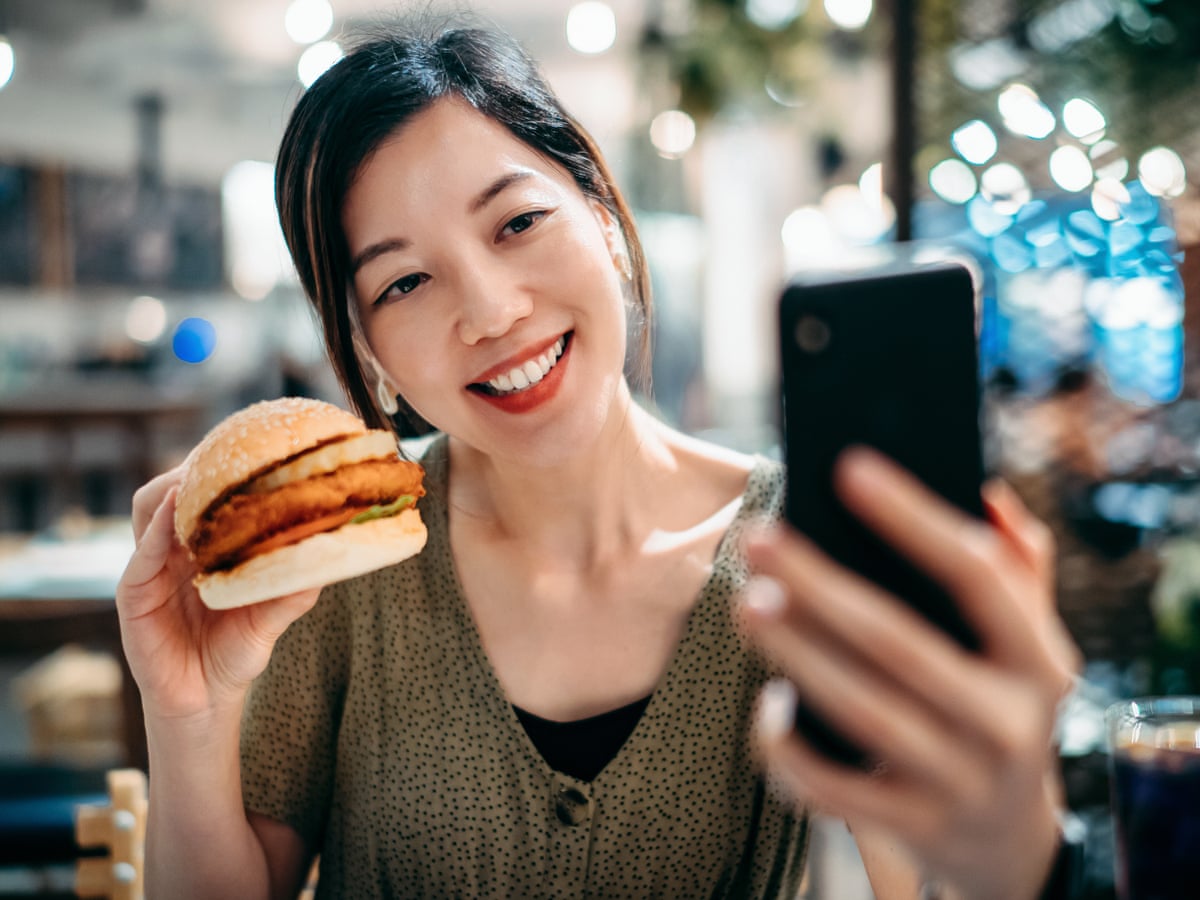Solving influencer marketing’s attribution problem: the power of media plug-ins

Being to attribute performance accurately is a major challenge for influencer marketers. Here, GreenJinn’s Holly Tester argues that media plug-ins (like her company’s own) can go some way to solving it.
First we had a wave of new celebrity influencers. Then there was the shift from macro- to nano-influencers, and now ‘de-influencers’ and ‘beige influencers’. It can seem that there are too many types, niches, and trends to keep up with, but the constant rise and fall of influencers continues to be a hot topic.
Meanwhile, the number of platforms continues to grow. Right now, TikTok influencers booming, but it might only be a matter of time before we see a new generation on, say, Threads.
Most of us, by now, have been guilty at some point of buying something purely because an influencer told us we must. But are brands really using influencers effectively or are they also under the ‘influence’?
Bigger isn’t necessarily better
Shoppers have long been influenced by others, from friends to more obvious salespeople. And brands have been using some version of the modern influencer since the early days of the internet. First, that was through bloggers. The blogosphere was then supercharged into the world we see today.
Research has found that young shoppers are just as likely to trust online recommendations as personal ones. That makes them influencers incredibly attractive to brands.
But neither a blue tick nor hundreds of likes and followers mean anything anymore. People have cottoned on that accounts can buy followers and that having a big following doesn’t necessarily mean results. In fact, with more followers, people are more likely to think that content is too polished, or even fake – a larger following can often mean a lower engagement level. From 2022, we’ve seen a rise in micro-influencers who are making a full-time income from content creation.
Measuring influencers’ ROI
Influencer marketing continues to change, so brands need to be flexible. Having a clear strategy measuring ROI allows brands to clearly check what content and influencers are continuing to drive sales. According to the Influencer Marketing Hub, over 30% of marketers still don’t measure ROI from influencer marketing. This blind spot in marketing strategies could cost brands thousands, and means that they might only seeing half of their potential results.
So, in an increasingly saturated market, how can influencers prove they are effective? While celebrity influencers can give brands instant brand awareness, what can those smaller micro- and nano-influencers provide?
Meanwhile, brands that want to push more sales through retail are looking to use influencers for both brand awareness and direct sales? With (again, according to the Influencer Marketing Hub) 67% of marketing teams planning on allocating more budget towards influencers in 2023, it’s vital to make sure they are getting the most out of them.
That’s where media plugins, like our own GreenJinn Treasure, come in. Influencers can give out a bespoke link or code, and shoppers will be taken via that code directly to our app, with the offer loaded ready to use (with no need for any details, except bank details). Users buy the product at full price in-store, snap a picture of the receipt, upload it to the app, and get their money back.
It’s no longer just impressions and engagement numbers; we can see insights on how many sales they are driving in stores.
The value of measurability
With conversion rates of over 45%, not only is this more effective than traditional media, it's cheaper as well.
There’s a clear incentive for influencers, too. For every new consumer they bring on board to try the product, they are paid a fixed rate in commission. This performance-based payment encourages influencers to create more content for their audience and for our brands; and increase in sales. It’s a win-win.
Brands can now get their product into consumers’ hands. They gain insights on who their converted consumers are with the ability to retarget them and build loyalty. As they can see exactly which shoppers came from which influencer links, the brand gets tangible ROI and sees who is effective for them.
In a time where marketing budgets are still squeezed and ROI is becoming the norm in marketing, is this the answer for brands' media to drive trial into stores?
